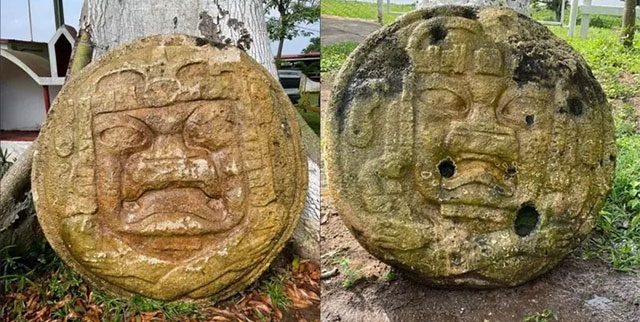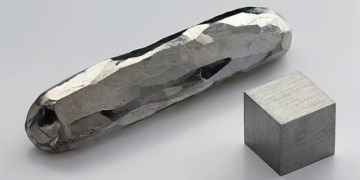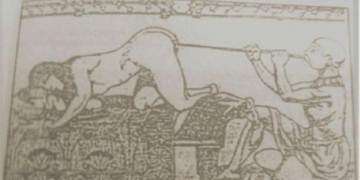Archaeologists in Mexico have uncovered two Olmec reliefs carved on large, circular stone slabs, believed to depict local rulers performing solemn rituals.
The twin fragments were found in Tenosique, a town located in the state of Tabasco, near the southern tip of Mexico, and are thought to represent rulers from the ancient Olmec civilization (the name derives from the Aztec word “Ōlmēcatl” in Nahuatl, meaning “rubber people”).

Two reliefs depicting the faces of local rulers.
The Olmec civilization thrived from 1200 BC to 400 BC and is considered the first pre-Columbian civilization in Mesoamerica. Today, they are best known for their colossal stone head sculptures.
Made from limestone, the gigantic 3D sculptures measure approximately 1.4 meters in diameter and weigh about 1,700 kilograms each. The two reliefs are carved with the faces of local rulers, featuring a “grimacing” mouth and arms crossed. Each relief is marked with footprints, a path, corn cobs, an Olmec cross, and spotted jaguar motifs, with the open mouths of the leaders suggesting “the roar of the jaguar.”
Researchers from the Mexican Government’s Ministry of Culture, part of the Tabasco Center of the National Institute of Anthropology and History (INAH), note that the most striking feature of the reliefs is the positioning of the mouth depictions. This indicates to archaeologists that the portraits, dating from 900 BC to 400 BC, are significant representations within the Olmec community.
The newly discovered carvings closely resemble five other reliefs believed to be Olmec found in various locations in the region, including Balancán and Villahermosa, two other cities in Tabasco; Ejido Emiliano Zapata, a town in the state of Jalisco, Mexico; and within Tenosique.
Based on these similarities, researchers believe the portraits represent rulers engaged in solemn rituals. This act involves adopting a posture that reduces blood flow and oxygen to the brain to achieve a trance-like state.
Tomás Pérez Súarez, an archaeologist at the Maya Research Center at the National Autonomous University of Mexico, states that such an act is believed to signify “they were empowered.”
He also believes that the newly found reliefs originate from the Central Usumacinta region, bordering the Chacamax River to the north and the San Pedro River mouth to the south.





















































